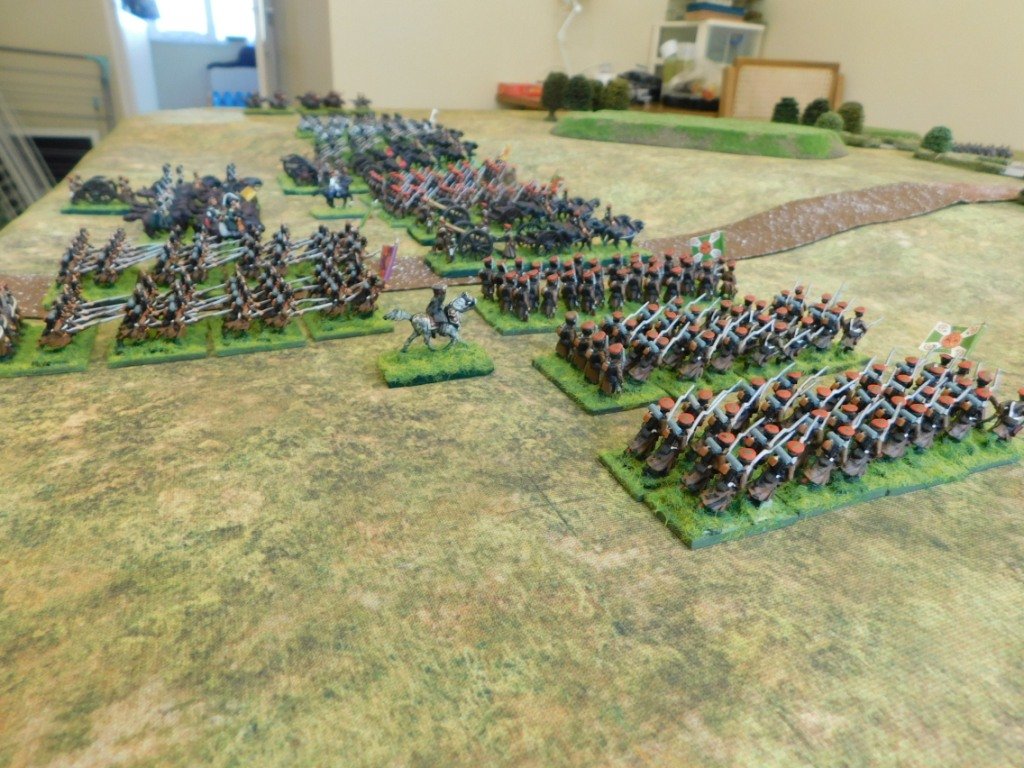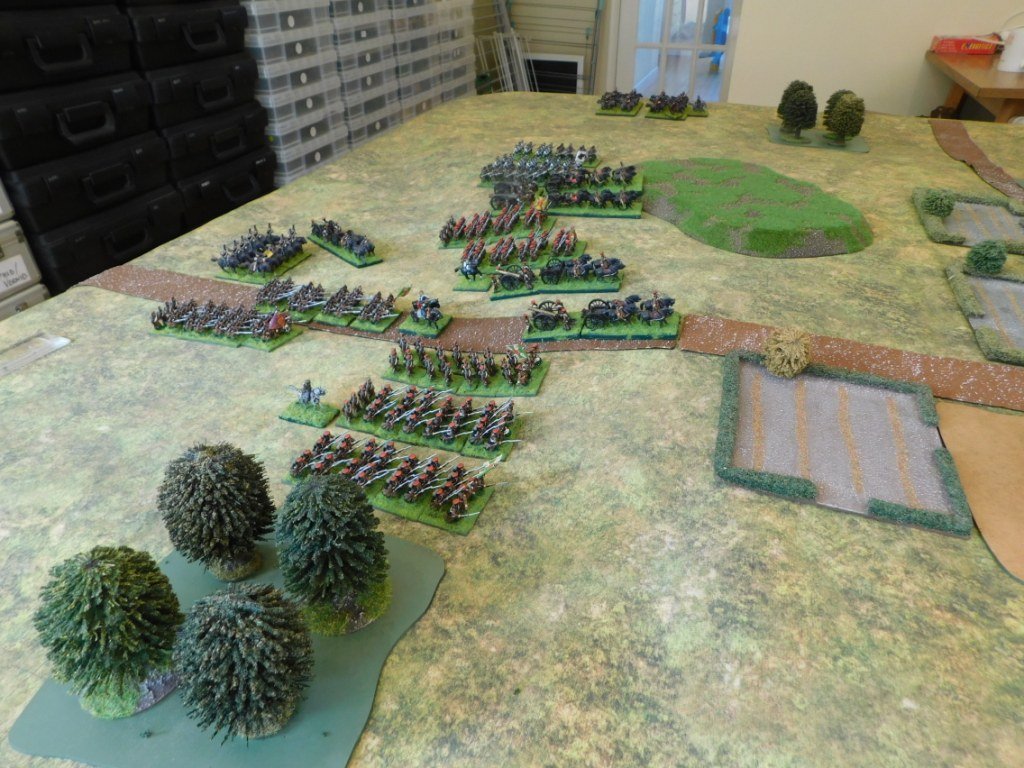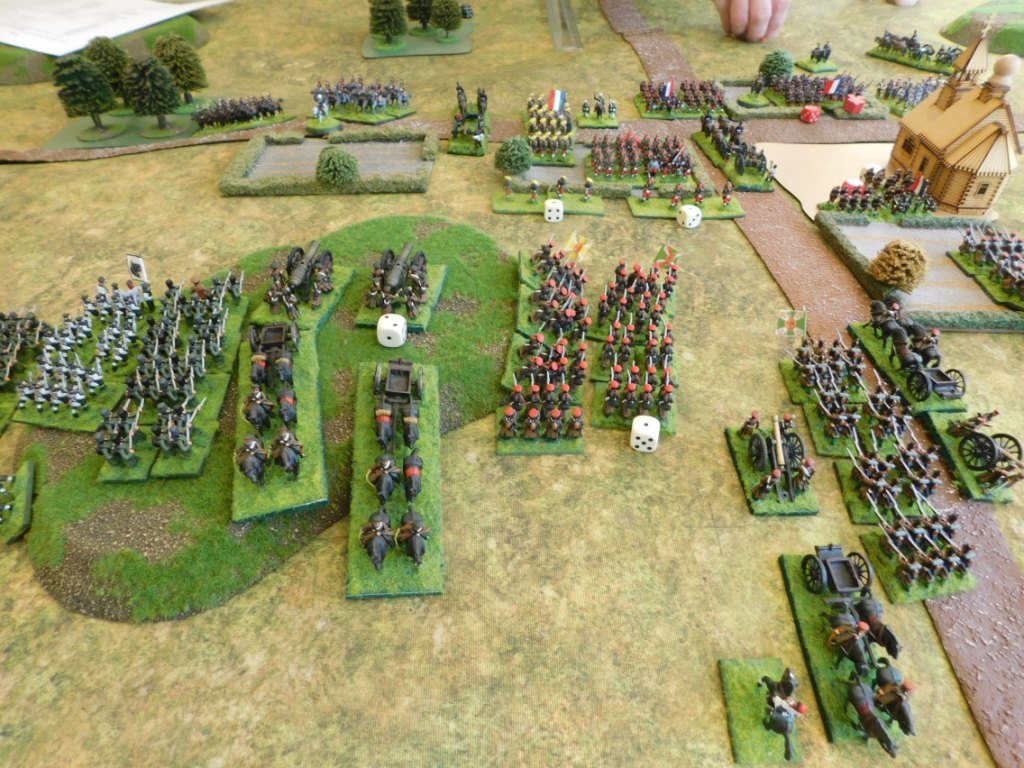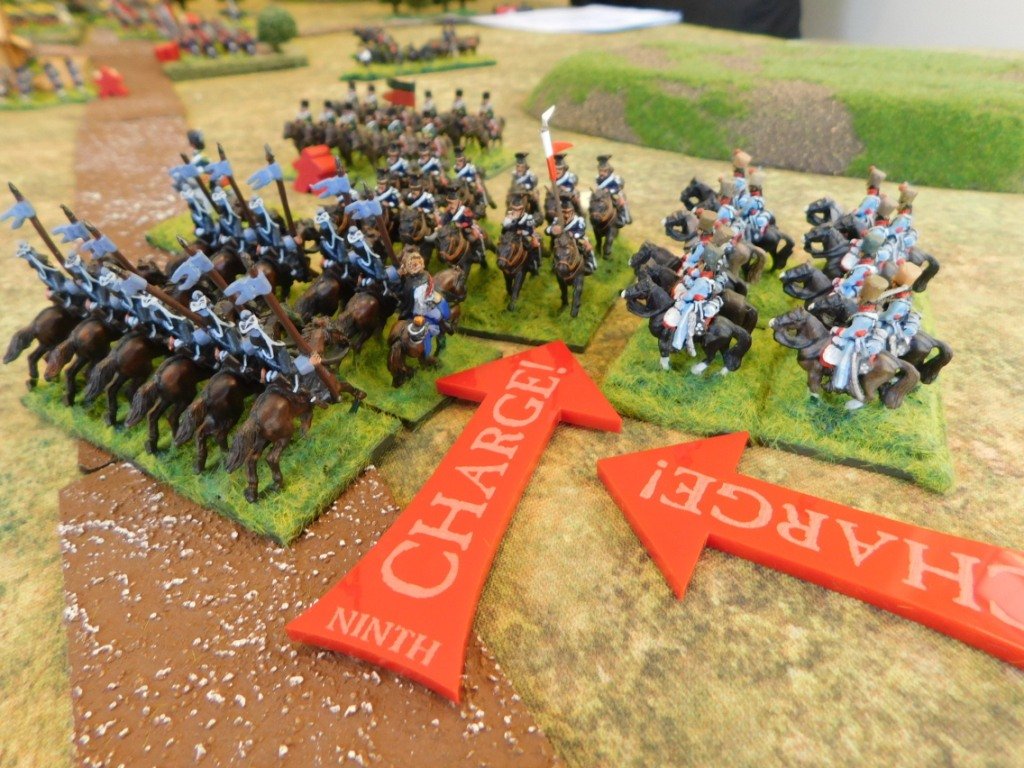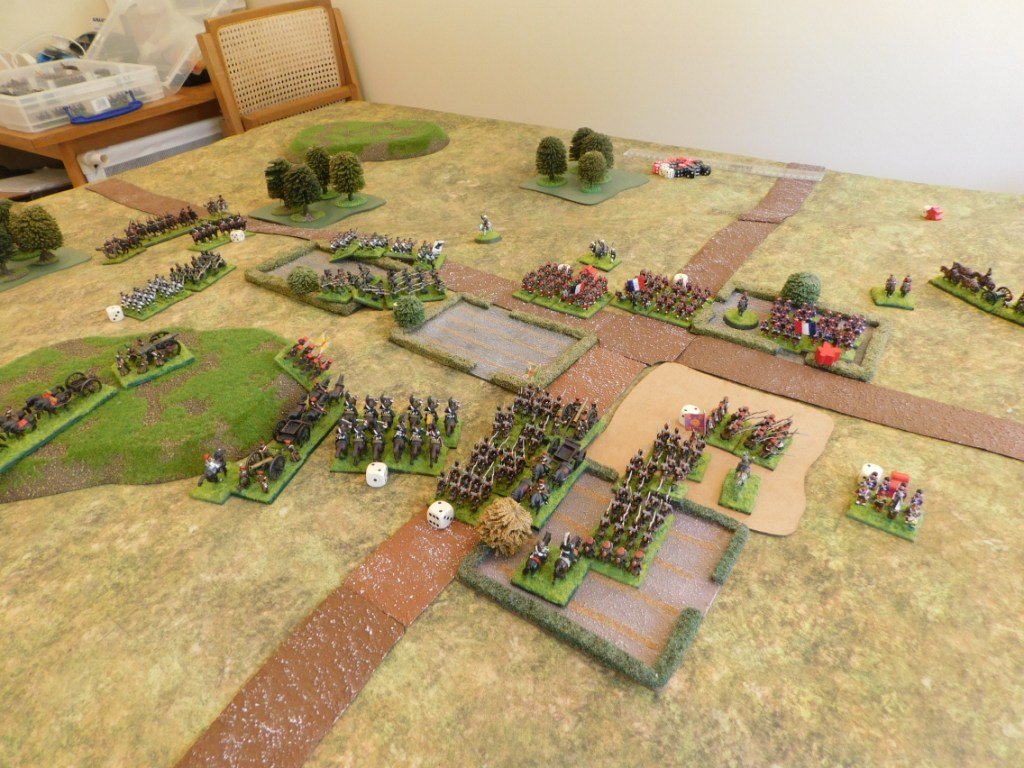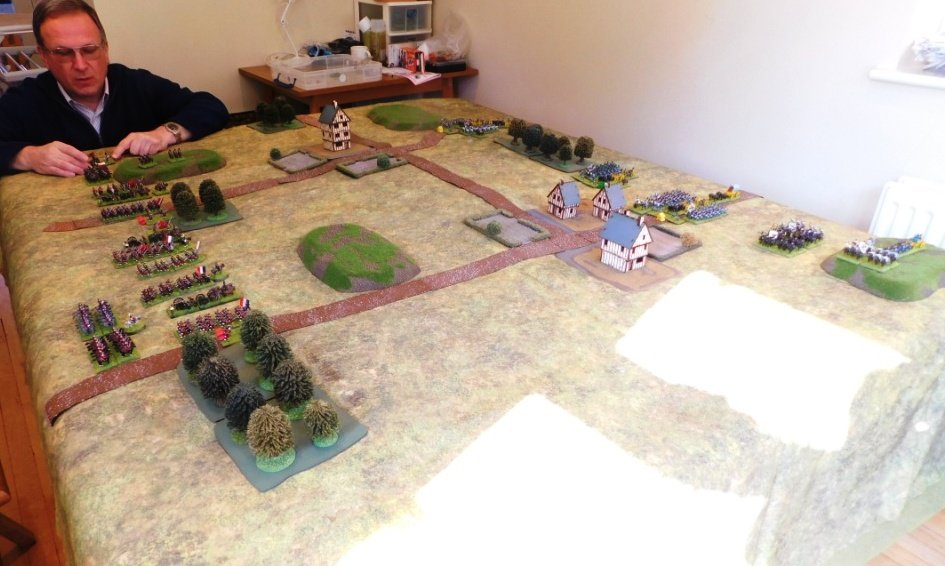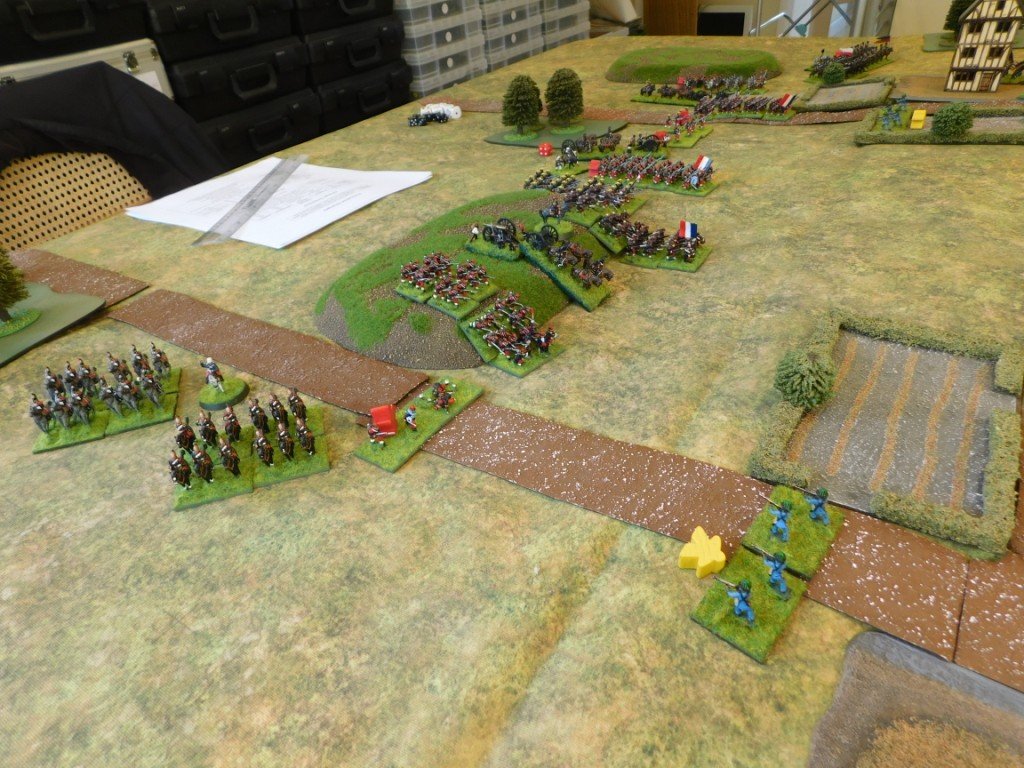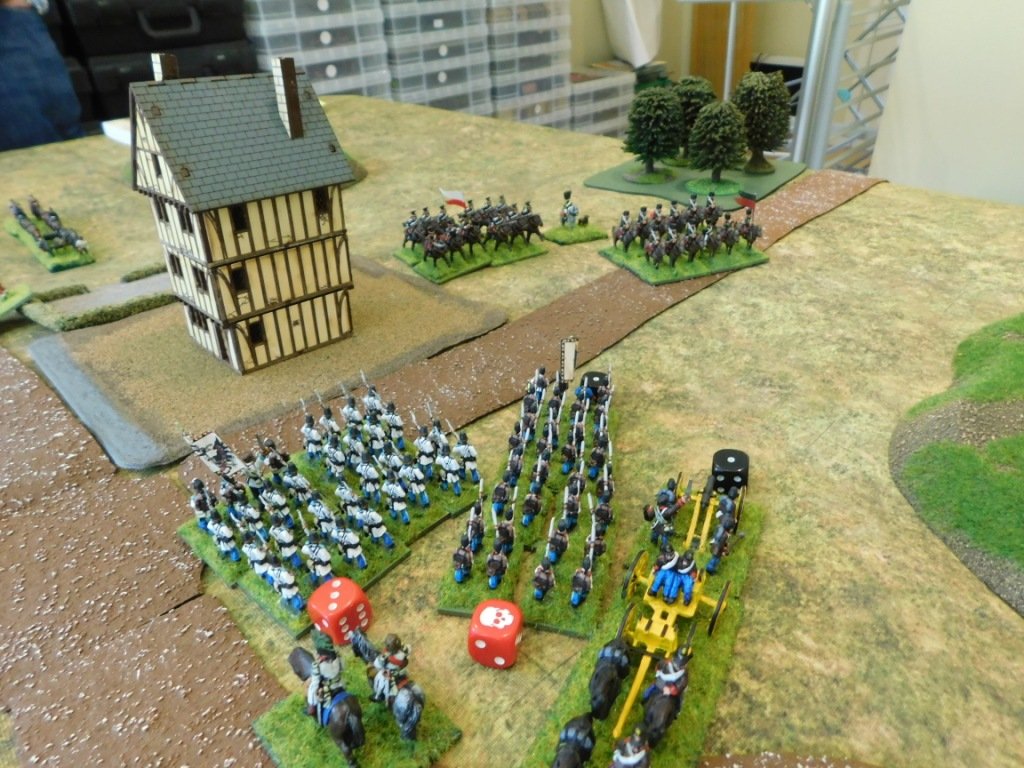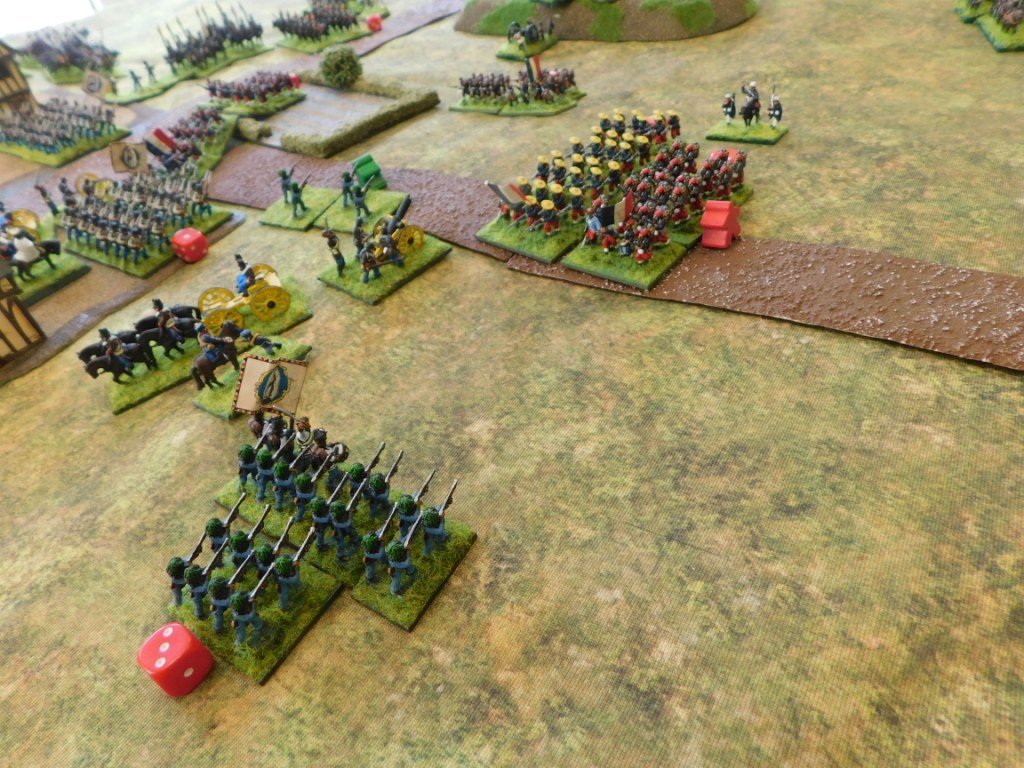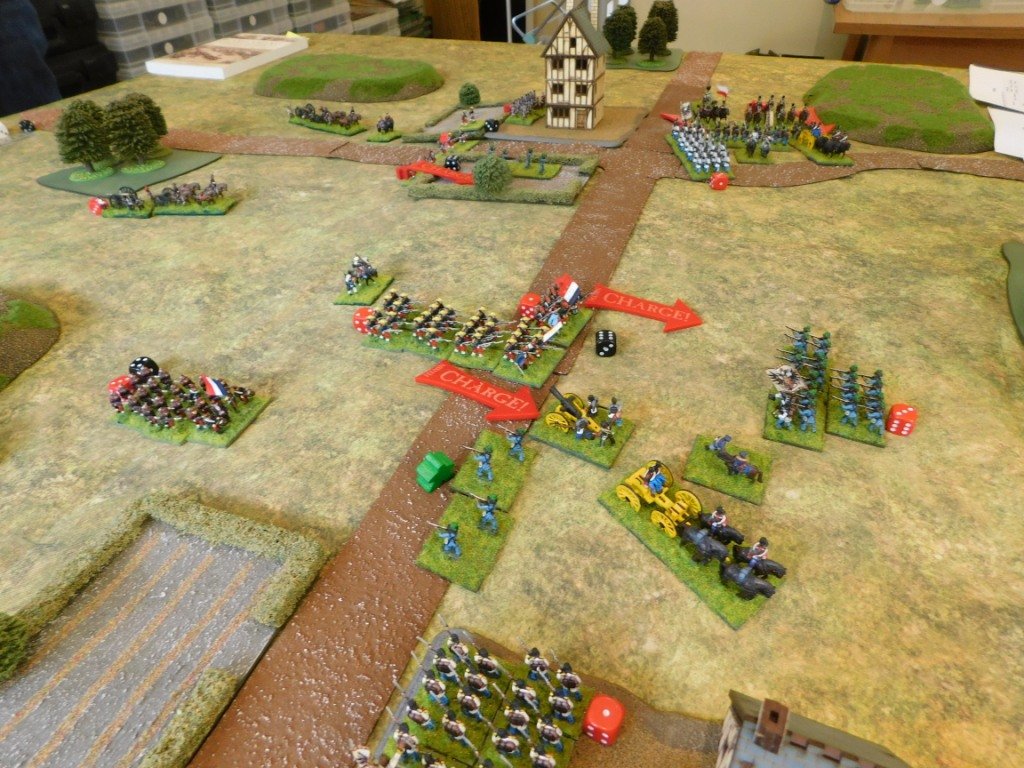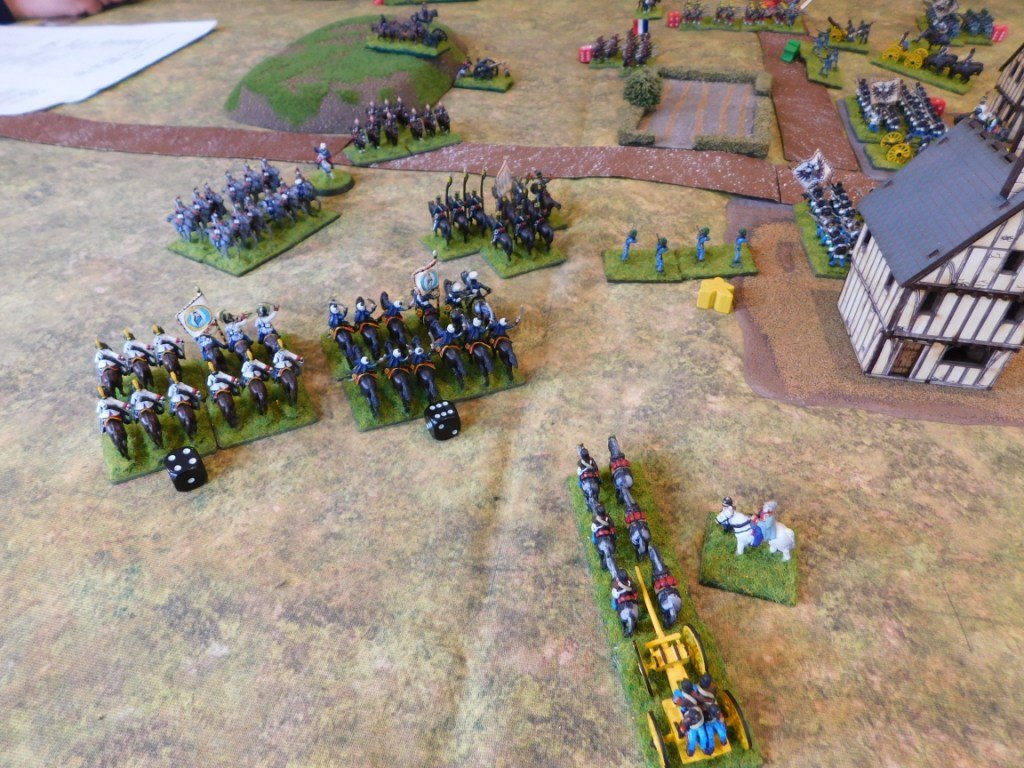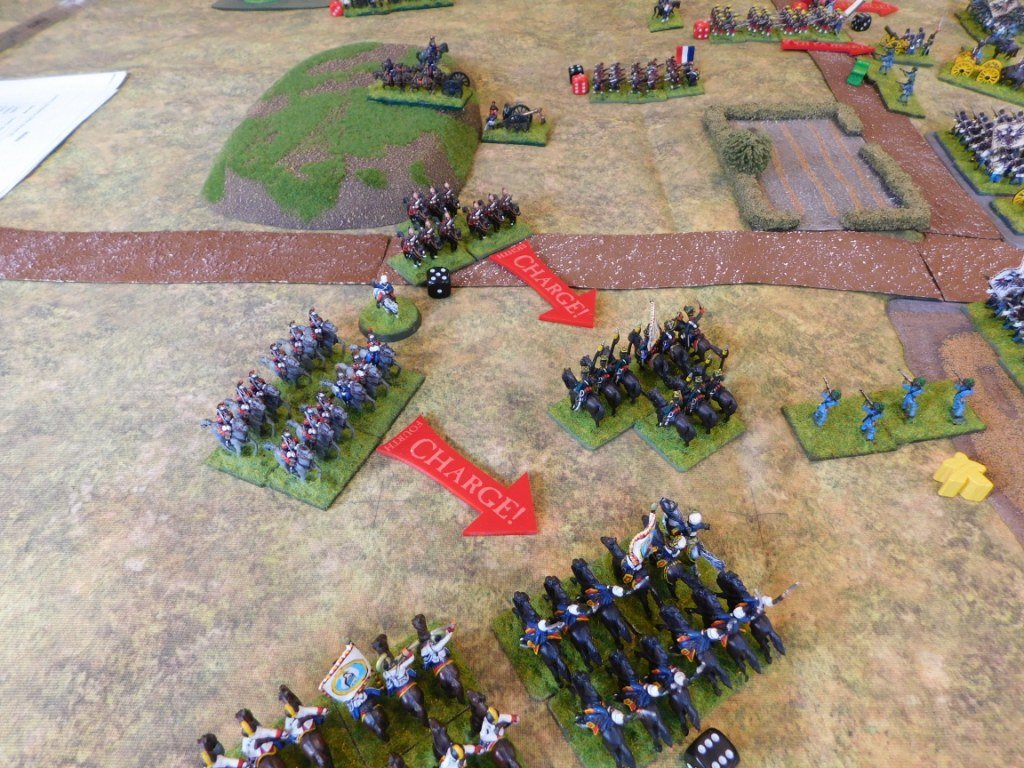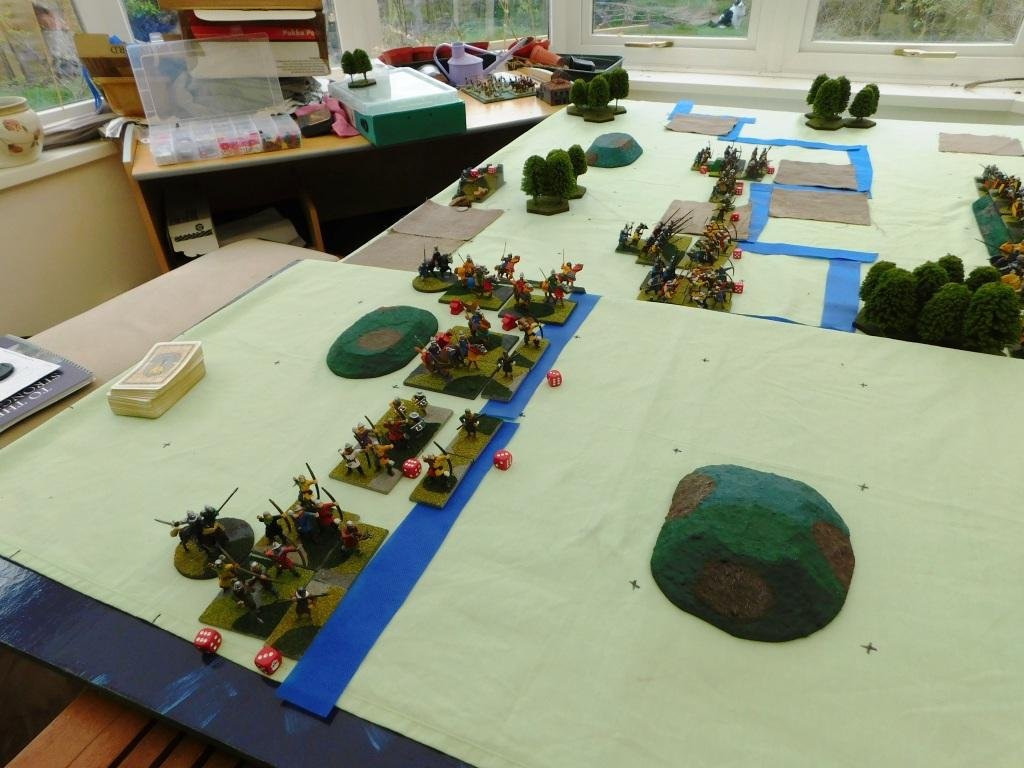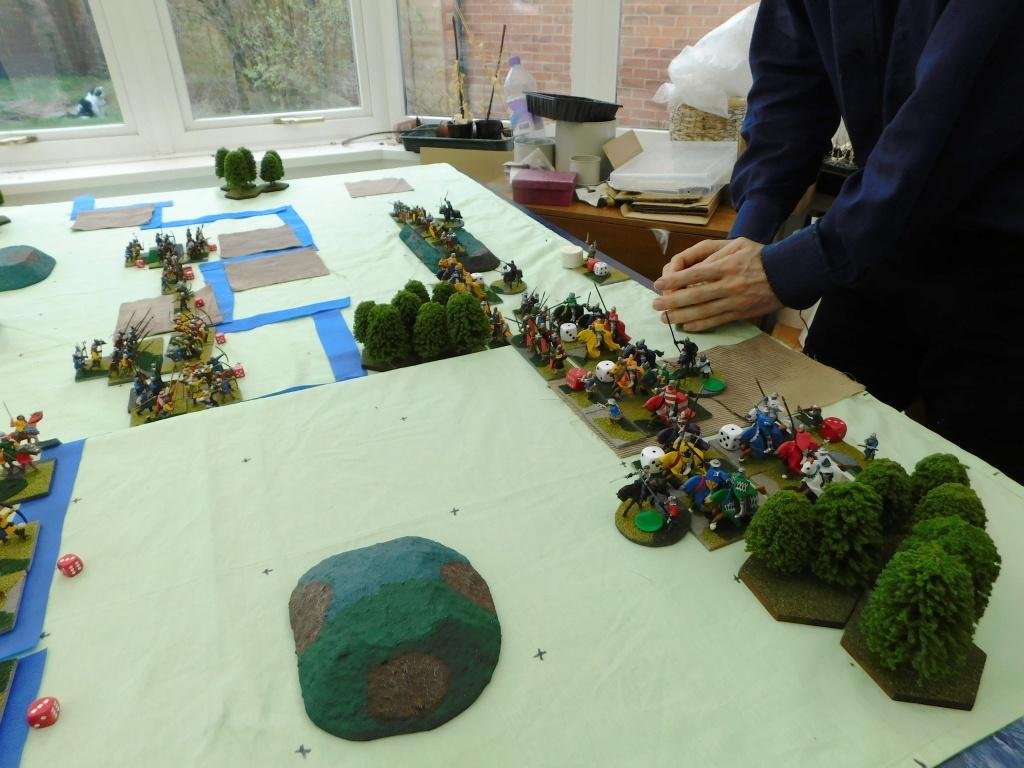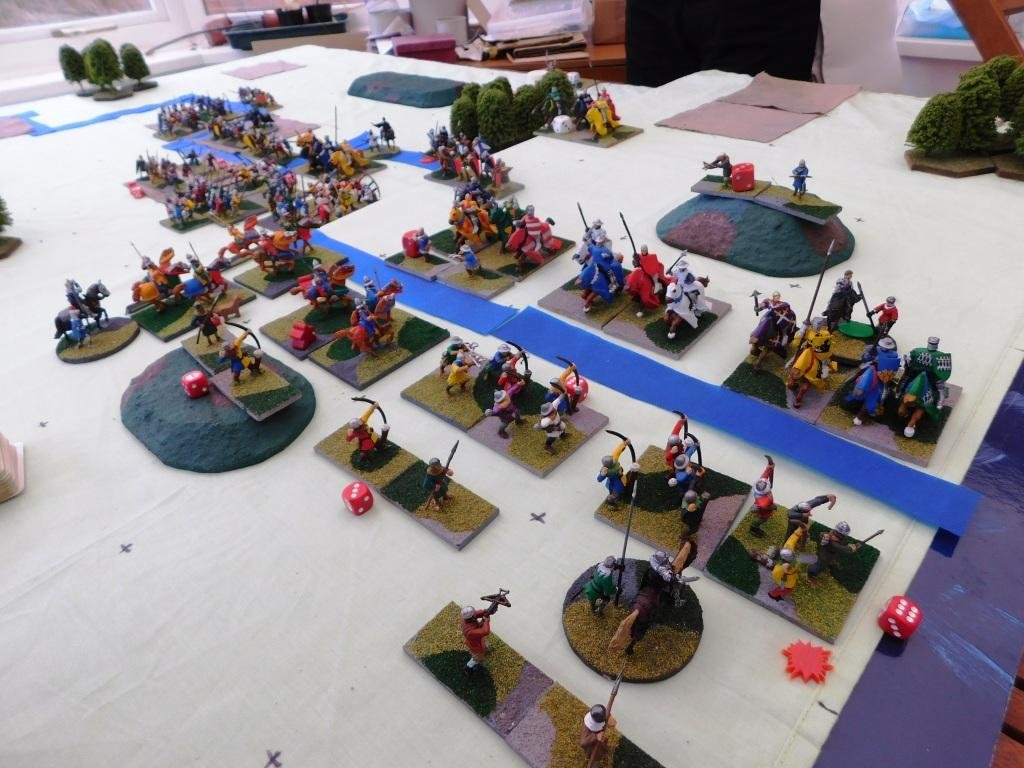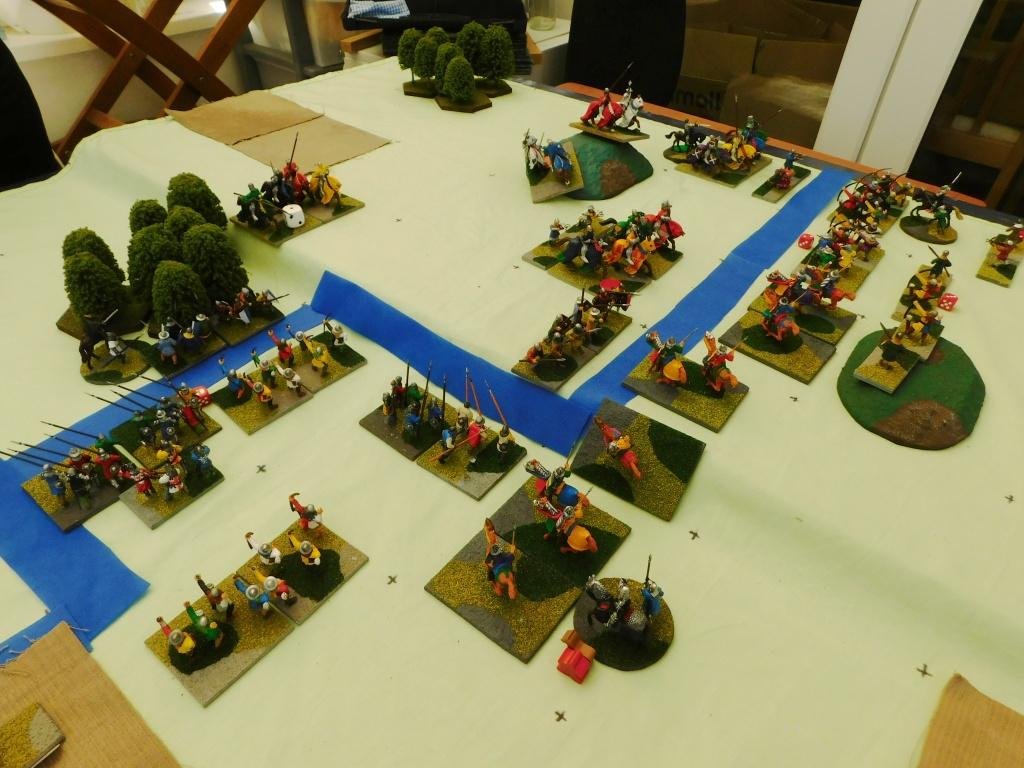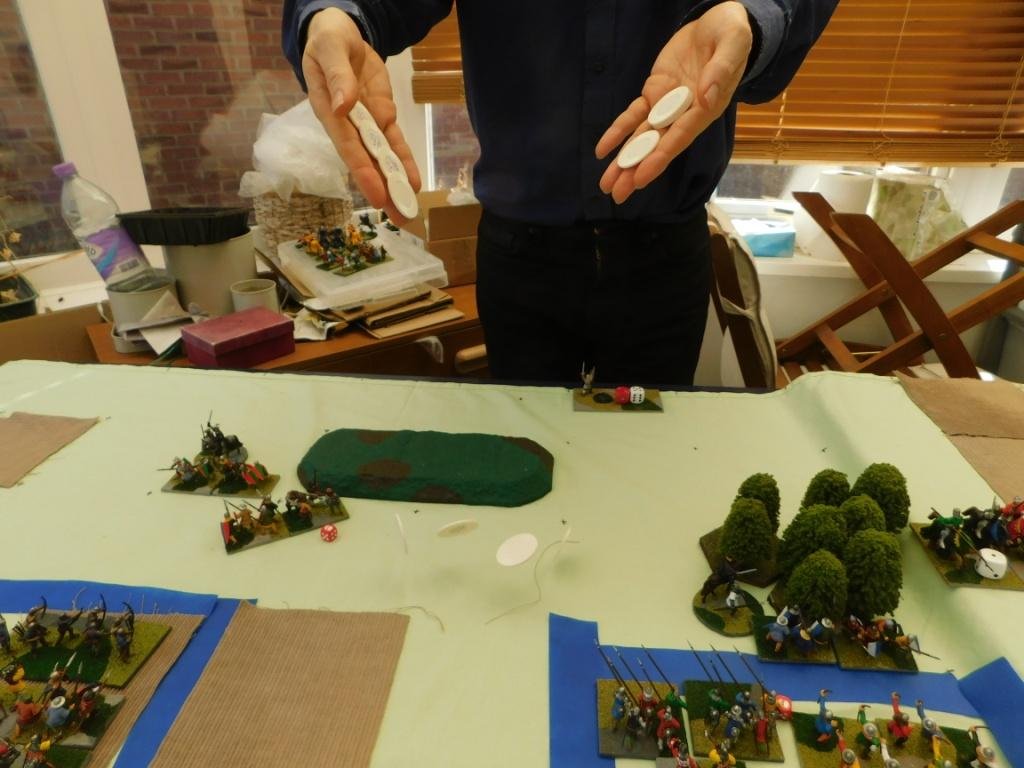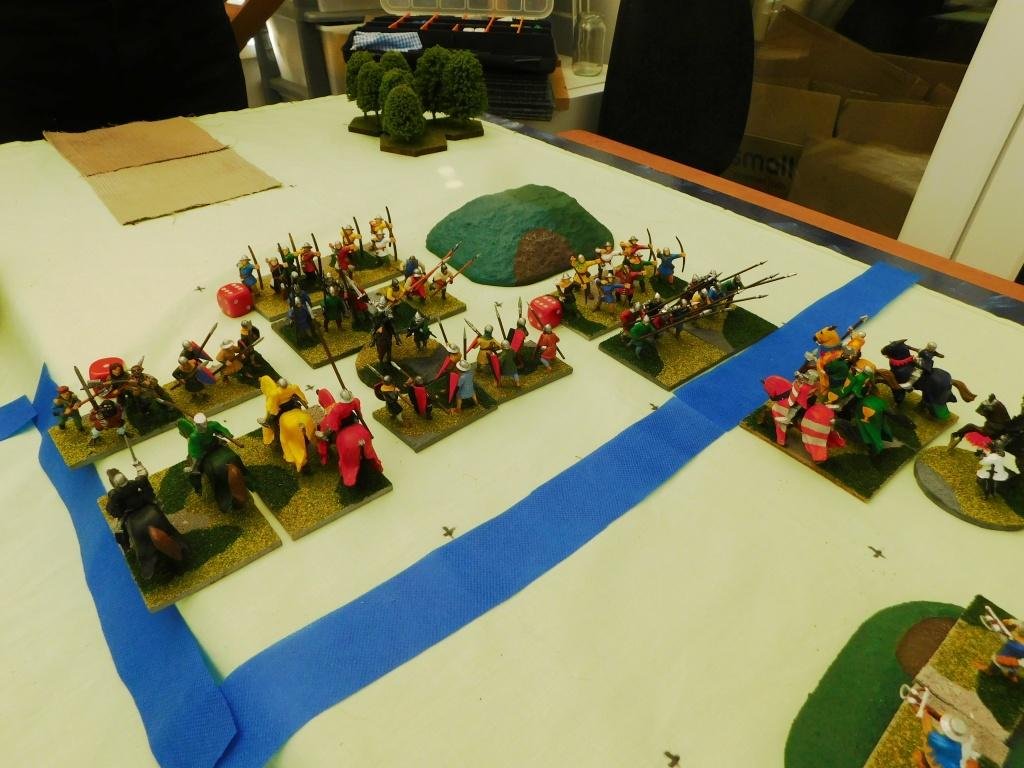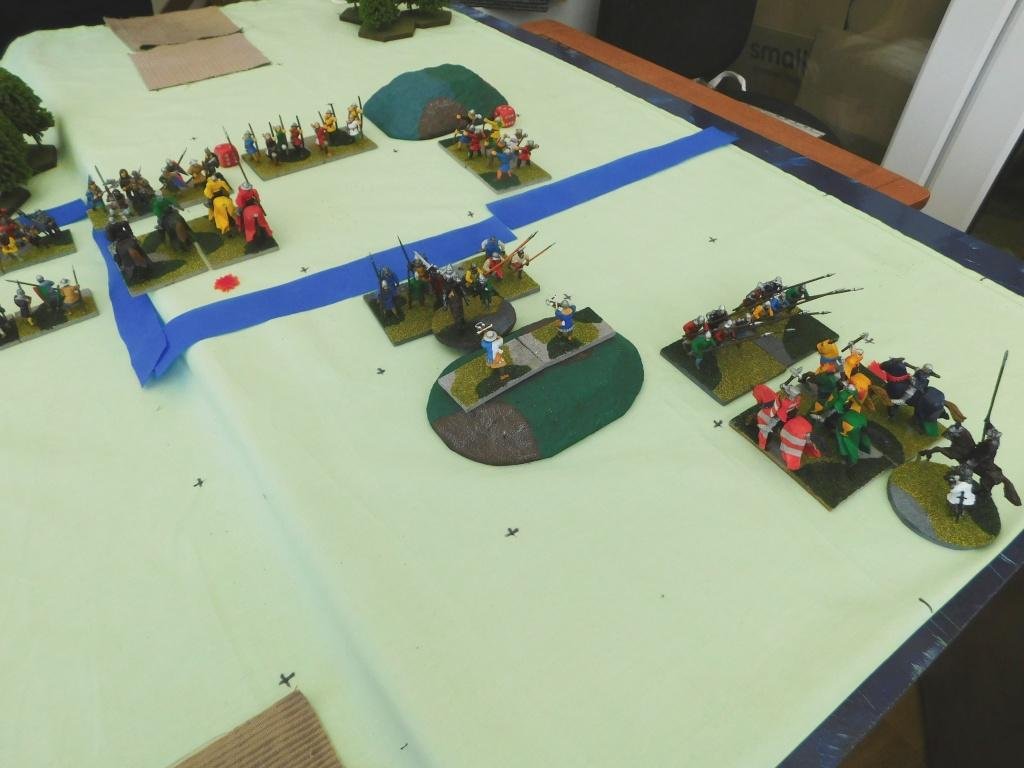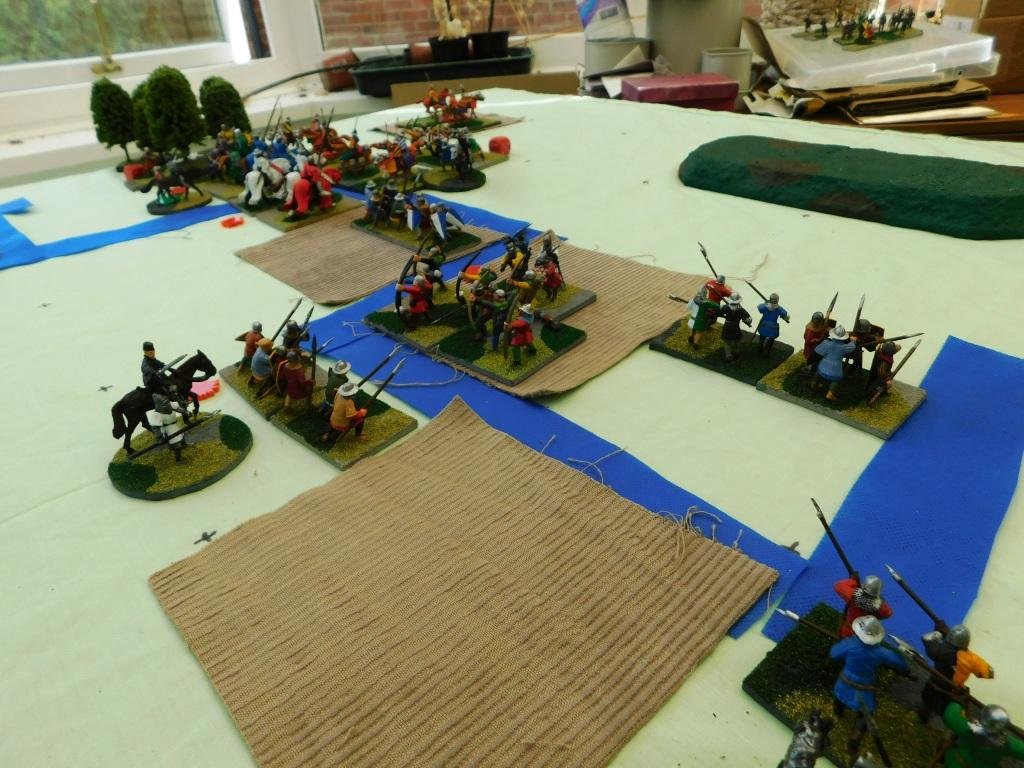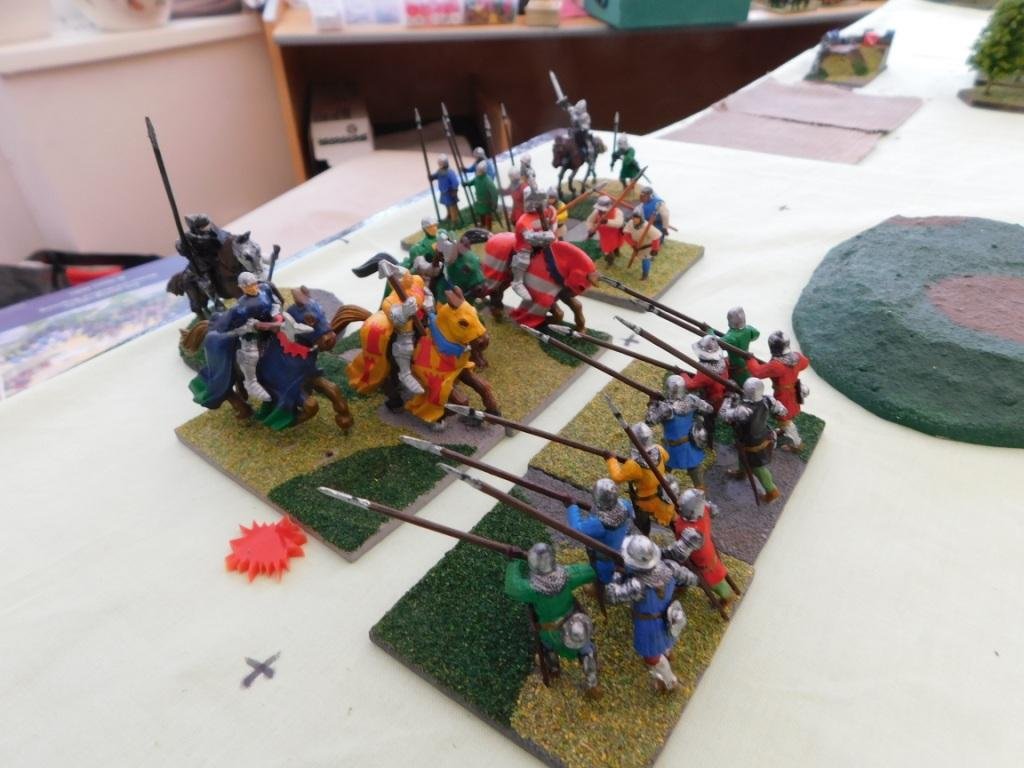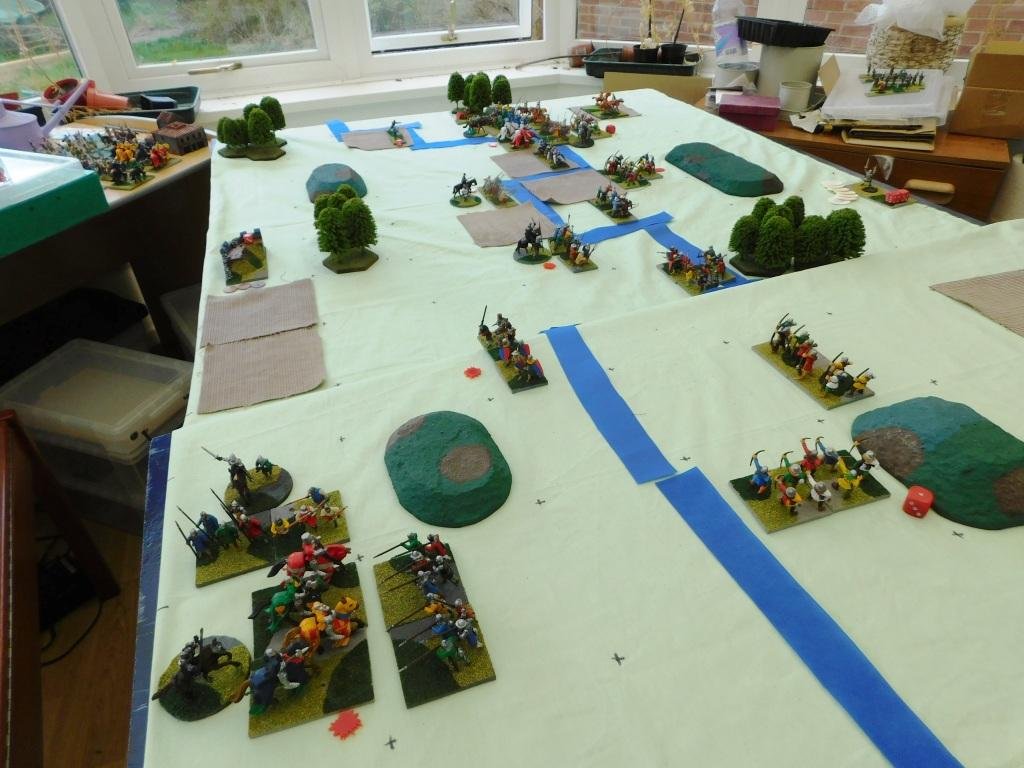TTS AAR: Slim-Line Akkadians Take The Field!
/Amongst those of you who read my previous post (last Tuesday) about the changes to the To The Strongest army lists turning my Akkadian double-depth units into normal-depth Spearmen was friend Bevan. He suggested that the best thing to do was to immediately try out the new look “slim-line” Akkadians and proposed a battle.
This we duly arranged, fielding the Akka’s against a Classical Indian army. Figures for both sides came from the Museum Miniatures CAD-designed “Z” ranges, so looked very good indeed.
akkadians (left) versus classical indians (right)
The Akkadians boasted four brigades: a shock brigade of two units of battle carts (good in a straight line!) supported by a unit of lights; two foot brigades each of one “bodyguard” unit of Spearmen with extra bows and two normal Spearmen units; and then a reserve brigade of two raw, militia Spearmen units and two units of light archers.
The Classical Indians, on the other hand, had only three brigades. One consisted of a couple of units of veteran Heavy Chariots supported by a unit of crappy horse. The other two were built around a unit of escorted elephants: one had the veteran Maiden Guard (hard women all!) and two Longbowmen units, the other had three Longbowmen units.
The Game Itself
The two sides set up very differently. The Akkadians concentrated their battle carts on the left, opposite one of the Indian elephant brigades. The Indians concentrated their heavy chariots on the left (i.e. at the opposite end of the battlefield to the Akkadian battle carts) opposite the Akkadian reserves. Both sides deployed their main infantry bodies in the centre.
The game began with both sides moving forwards whilst maintaining their battle lines. On the Akkadian right, the reserve brigade refused the flank, leaving the Indian chariots with no-one to immediately charge.
the advance
The Indian longbowmen opened fire as soon as the Akkadians came into range. A storm of arrows headed their way, but there was something wrong with the Indian bows and the results of two rounds of longbow fire were one disordered Akkadian spear unit. Admittedly this unit then spent the rest of the game skulking in broken ground trying to rally, but the Akkadians had still got off lightly.
On the Indian right, one unit of elephants and the raw longbowmen headed forward, but the longbowmen hung back as the elephants surged towards the enemy…who wasn’t really there any more. Not liking the smell of the pachyderms (you don’t get too many elephants in Akkad) the battle carts had headed into the centre of the battlefield to join the main charge there, leaving some lights to keep the nellie’s occupied. The elephants would spend the rest of the game uselessly chasing the Akkadian skirmishers around that area.
elephants
The Akkadians initiated the main clash of the two battle lines, which rapidly turned into a disaster!
The Maiden Guard destroyed a unit of Spearmen, and either combat or longbow fire accounted for another…which happened to be the veteran unit carrying the Akkadian army standard and lost their accompanying general as well. That was seven coins (out of 13) down in one hit!
Losing generals seemed to be the theme of the game. Out of the seven generals who arrived on the battlefield at the start of the game, five were killed!
Losing to a bunch of ladies!
All was not lost, however, as the Akkadians settled down and got stuck in.
One Akkadian spear unit (the one out front in the first picture in this post) burst through the Indian line, destroying some longbowmen in the process, and managed to take the enemy camp, a significant loss of coins for the Indians.
The Akkadian reserves moved forward and filled the hole caused by the losses suffered so far, preventing the Indian chariots from lapping around the flank.
Other Akkadian units also saw off enemy units, killing generals in the process.
Taking the camp
The reserves are committed to cover the right flank
The climax of the battle was now upon us: with each side having just one victory coin left i.e. the next kill would win the game…and with disordered units all round, and lights on the Akkadian side, there were plenty of opportunities for either side to win.
The initiative was with the Akkadians: no kills on their turn!
The Indians tried their best: no kills (phew!) but the Akkadians were wavering. If I didn’t pull off a win in my next turn, there was no way I was surviving another round of Indian attacks.
I went through all my obvious kill possibilities (my good morale units versus his disordered units, flank fire on the raw Indian cavalry etc) with no result. Oh dear: this was not looking good.
There was, however, one last thing to try. Veteran, but disordered, battle carts charging diagonally at the disordered Indian Maiden Guard.
The battle carts managed to make the difficult move into contact, but failed to hit the Guard. Oh no!
But what was this? Striding forward came an Akkadian hero (the chap under the blue parasol in the picture below) and smote the Maiden Guard with a cracking hit. Bevan and I held our breaths as his save card was turned: a five and therefore a fail. The Guard fled the field and I and the Akkadians had won the day!
As always, a cracking game of To The Strongest and a game that had gone down to the wire. The narrowest of victories for the new slim-line Akkadians!




